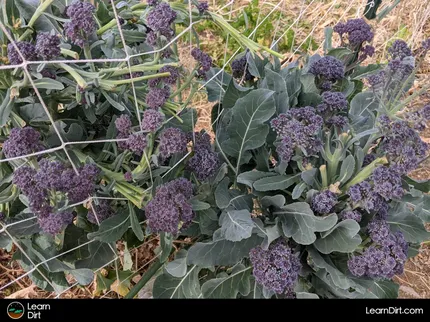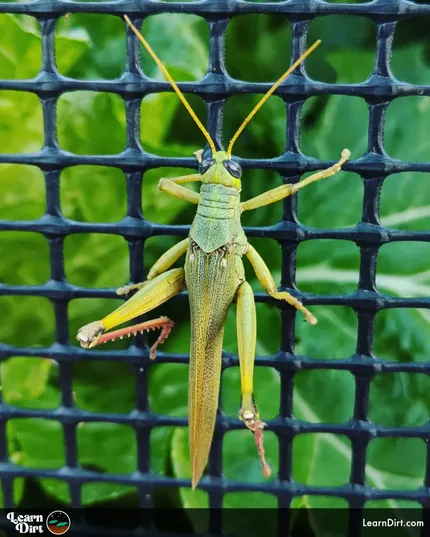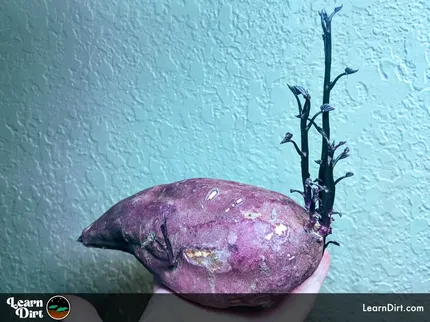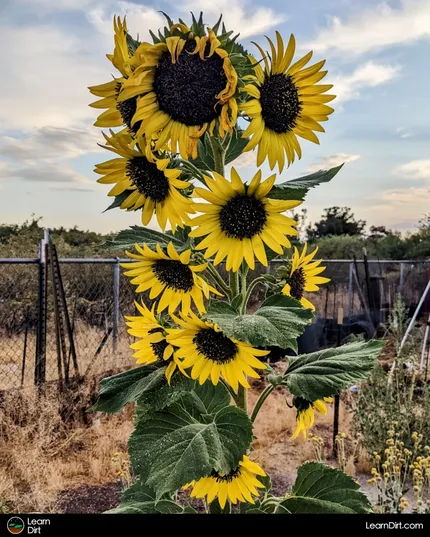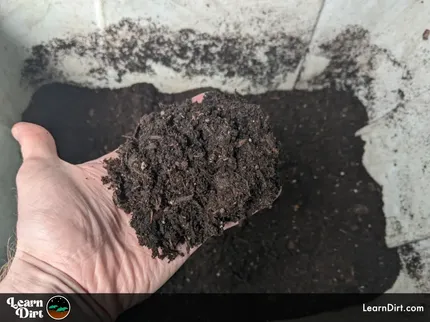Table of Contents
* Our articles never contain AI-generated slop *
Whether you're a seasoned gardener, farmer, or just starting out with growing your own food, crop rotation is an important concept to understand.
At its core, crop rotation boils down to one simple thing: Don't grow the same crops in the same places year after year.
This helps gardeners and farmer to reduce pest pressure, increase soil fertility, avoid or mitigate disease, and improve crop yields.
Disclaimer: This post may contain affiliate links. Refer to the privacy policy for more information.
Let's jump into the specific reasons for rotating crops and discuss how crop rotation helps solve common issues that organic growers may face...
Reasons for Crop Rotation
The reasons for crop rotation are varied, but the benefits are numerous. Here are just a few:
Rotating Crops to Avoid Disease
This is one of the most important reasons to rotate your crops.
When you grow the same plants in the same location year after year, the likelihood of disease, viral, bacterial, and fungal infections all increase.
Once plants become diseased, these infections can linger in the soil for many months or even years.
This means that planting the same crop in the same spot again next season can greatly increase the risk of contracting disease which has survived in the soil.
Join The Grower's Community
Your space to connect, learn, and belong 🌱
Check It Out!

Through crop rotation, species which are susceptible to present pathogens are replaced with species which are not. This breaks the disease cycle rather than allowing disease to spread and multiply.
Over time, pathogen buildup in soil can be reduced or eliminated through proper crop rotation, leading to healthier crops over the long term.
Crop Rotation to Reduce Pest Pressure
Much like disease and pathogens mentioned above, pests also have a way of multiplying when the same type of crops are available to them in the same locations each year.
Many pests lay eggs in the soil, and those eggs are often able to overwinter (or oversummer). This means there may be pests in specific beds, plots, rows, or planters which target the plants grown there last season.
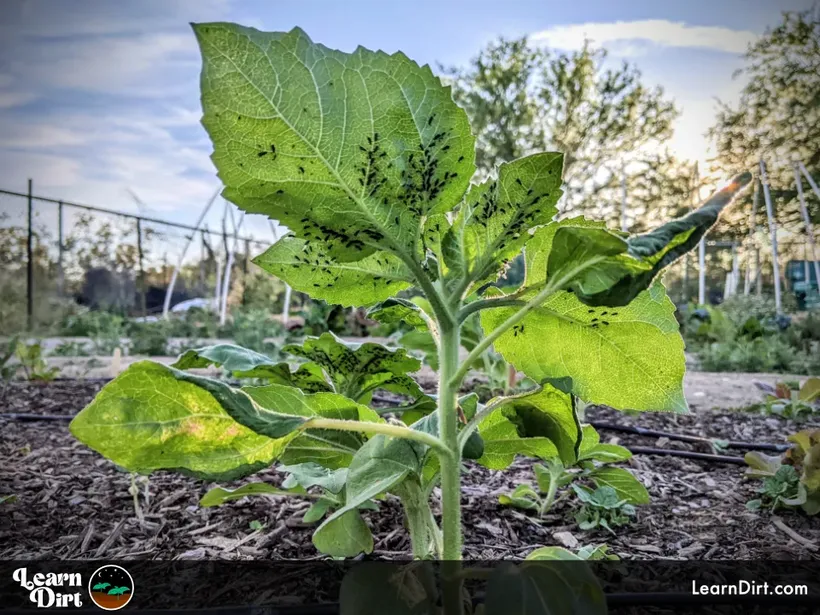
You can see how growing the same crops in the same places next season may expose them to more targeted pest pressure than moving them to new locations.
Through intentional crop rotation, growers strive to never grow the same thing in the same place two season in a row. This can make a big difference in keeping soil-borne pests away from their host species, naturally reducing pest pressure over time.
Pests will hatch without a suitable food source if you avoid growing the same thing in the same place.
For example, my local community garden has lots of tomatoes. I mean LOTS of tomatoes. Every gardener loves growing tomatoes. In the Sonoran Desert, we can grow tomatoes twice each year - in both the spring and autumn.
This means that our garden never goes more than 3 or 4 months without tomatoes growing in almost every plot.
Do you think that gives tomato pest populations, such as various species of leafminers that damage them, time enough to reduce in number?
If you have control over your entire garden, it might be smart to skip a season with certain crops that have attracted numerous pests over time.
Rotating crops to different beds is a big help in mitigating this risk.
Rotate Crops to Improve Soil
If you're a regenerative grower, you're already focused on the importance of soil health.
Crop rotation has a role to play in soil improvement, so it's important to understand how and why to factor this into your soil remediation plan.
Take, for example, the fact that each species of plant has different and unique nutrient requirements and demands it makes on the soil.
It's easy then to reason that growing the same species in the same place over and over will rapidly deplete a certain subset of your nutrients. This will reduce productivity and yields each year, while your soil becomes more unbalanced each cycle.
Obviously this scenario should be avoided, and crop rotation is a great solution (along with soil remediation, soil testing, and supplemental amending). Nutrient demands are balanced across soils by alternative crops, and soil health is easier the maintain.
Crop Rotation for Nitrogen Fixation
Nitrogen fixers are mainly legumes, with some exceptions. These are plants which link up with bacteria which are capable of extracting nitrogen from the air.
Through this symbiosis, nitrogen-fixing plants provide a net positive source of nitrogen in gardens and farm systems.
Because nitrogen is the most-demanded nutrient by plants after carbon, nitrogen-fixing plants are often the primary source of nutrients in organic agriculture.
Dig Cool Merch?
In the context of crop rotation, these nitrogen fixers can be rotated into beds and fields before or after cycles of crops which are heavy feeders.
For example, corn and tomatoes are both known for requiring high amounts of nitrogen.
A rotation of peas & beans before corn & tomatoes can add the required nitrogen to the soil for the upcoming crop (when chopped & dropped, composted, or fermented.)
Likewise, a rotation of legumes or other nitrogen fixers after a heavy feeder crop can restore the levels of nitrogen that were depleted.
Crop Rotation for Soil Campaction
Some cover crops are also grown to break up compacted soil (such as daikon or tillage radish).
These can be rotated into compacted beds or fields between crop cycles to improve the soil tilth, moisture infiltration rate, and drainage.
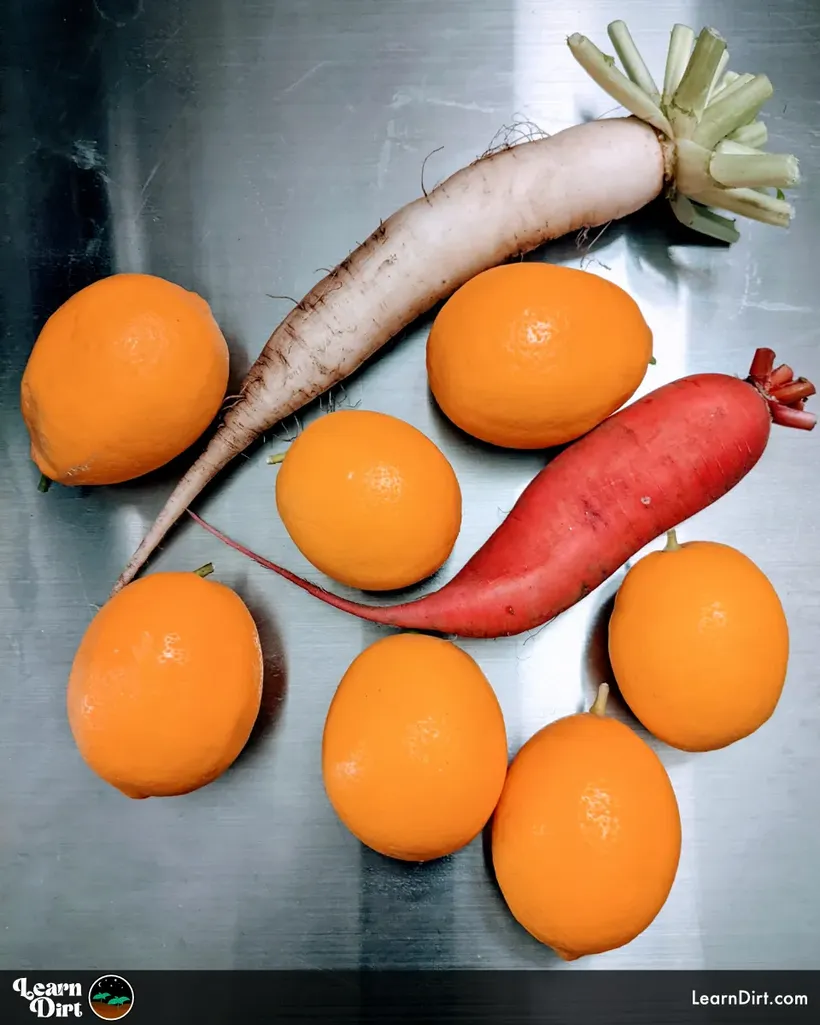
A cycle of root veggies does wonders for compacted or heavy soils.
Crop Rotation for Nutrient Scavenging
Some cover crops are grown for their ability to scavenge nutrients. That is to say their ability to pull nutrients up from deep underground with their long root systems.
Alfalfa is a great example of this, with roots that can extend 25 feet underground.
Nutrient scavenging plants have much deeper root systems than typical veggies and flowers, so they can grab nutrients and minerals which might otherwise not be available to your main crops.
This can help mitigate the tendency for some water-soluble nutrients to wash into ever-deeper layers of the soil and slide out of reach of your plant roots.
Alfalfa also has the added bonus of fixing nitrogen while simultaneously scavenging those deep nutes.
Try a rotation of these deep-rooted scavengers occasionally between main crops to increase nutrient availability without added inputs.
How Do You Rotate Crops?
Crop rotation starts with a history of which crops were grown in which places during previous years. This informs decisions for where to plant crops this year.
The general guiding principle here is that practically no bed will ever grow of the same crops twice in a row.
With this in mind, you can formulate a plan on where you'd like to grow each crop this year.
Cover crop cycles may also be incorporated into the rotation, to help improve soil and nutrient availability.
A well organized farm will always know what was grown in a specific bed or field the previous season, what will be ground this season, and what will be rotated to next season.
If you're a gardener, you can adapt this same idea at a smaller scale to increase the health of your garden.
Each cycle plays into the larger plan for a reducing pest, building soil nutrients, and not depleting soil's of too much of any one nutrient.
Wrapping Up...
If you're not already practicing crop rotation, hopefully this info illuminated the usefulness and importance of this practice.
It's worth mentioning here that crop rotation is not as important in diverse polyculture ecosystems as it is in monocrops. For this reason, the large chemical monocrop farmers are likely more familiar with crop rotation than gardeners are.
If your garden or farm ecosystem is naturally diverse, pest and disease pressure are spread out more and cause far fewer problems than they would in a monocrop. This is one of the reasons why ecological diversity is so important.
If you're growing a wide diversity of different plants in one area, crop rotation is not going to be nearly as important as it would be otherwise.
This is the approach I suggest if your space is small enough and you harvest by hand. Diversity reigns supreme in agriculture! Nature almost never grows a monocrop and you probably shouldn't either.
Don't forget to incorporate cover crop cycles into your rotations if you do choose to rotate, and your soil health and improved fertility will pay back dividends for years to come.
Have any tricks or tips for crop rotation that I missed? We'd all love to hear from you over on the forum!
That's all for now, thanks for reading!
If you have any questions, comments, or would like to connect with fellow gardeners, head on over to the forum and post there.




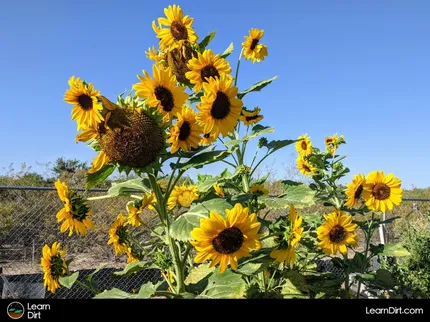
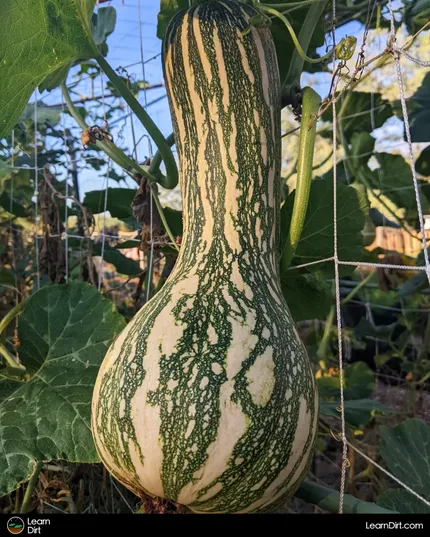

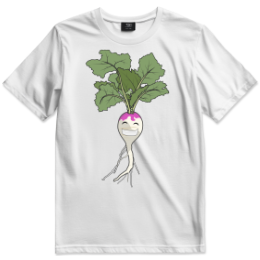


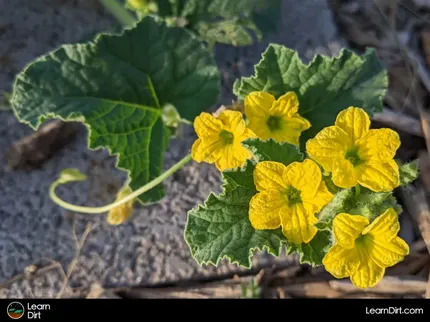
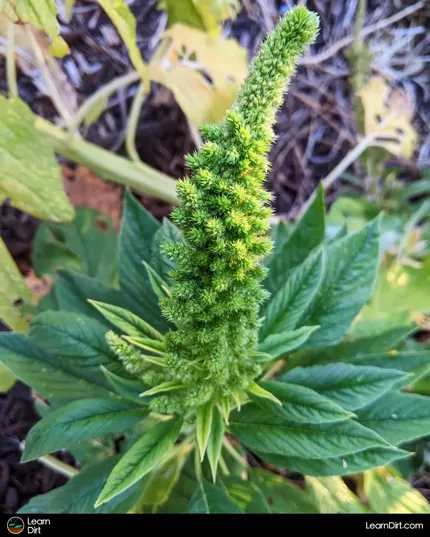

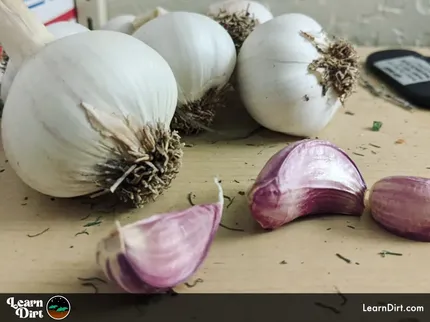
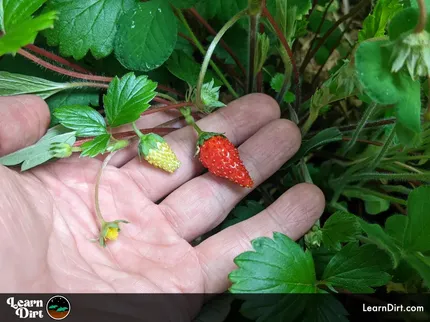
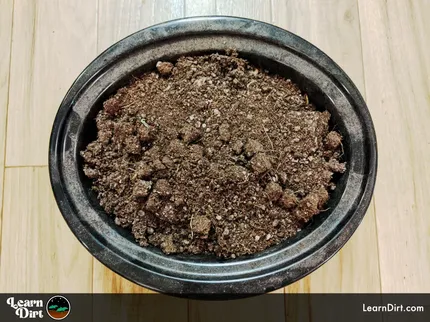
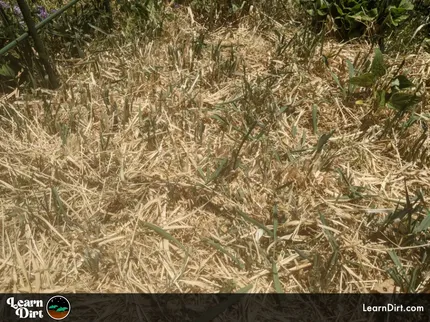
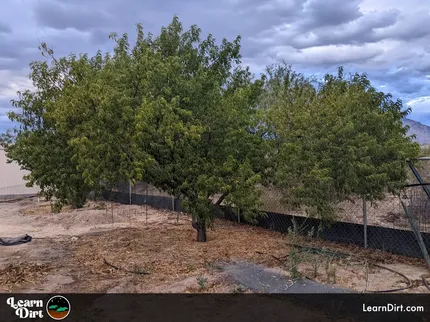
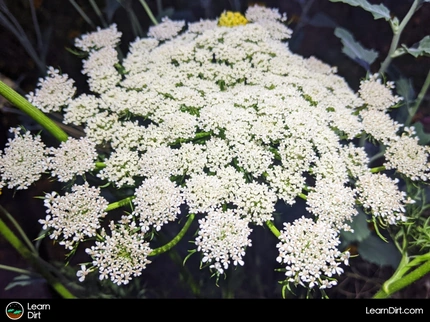


![Don't Till Away Your Carbon [Taffy] T-shirt](/media/product_images/dont-till-away-your-carbon-[taffy]_shirt_260x260.png)

